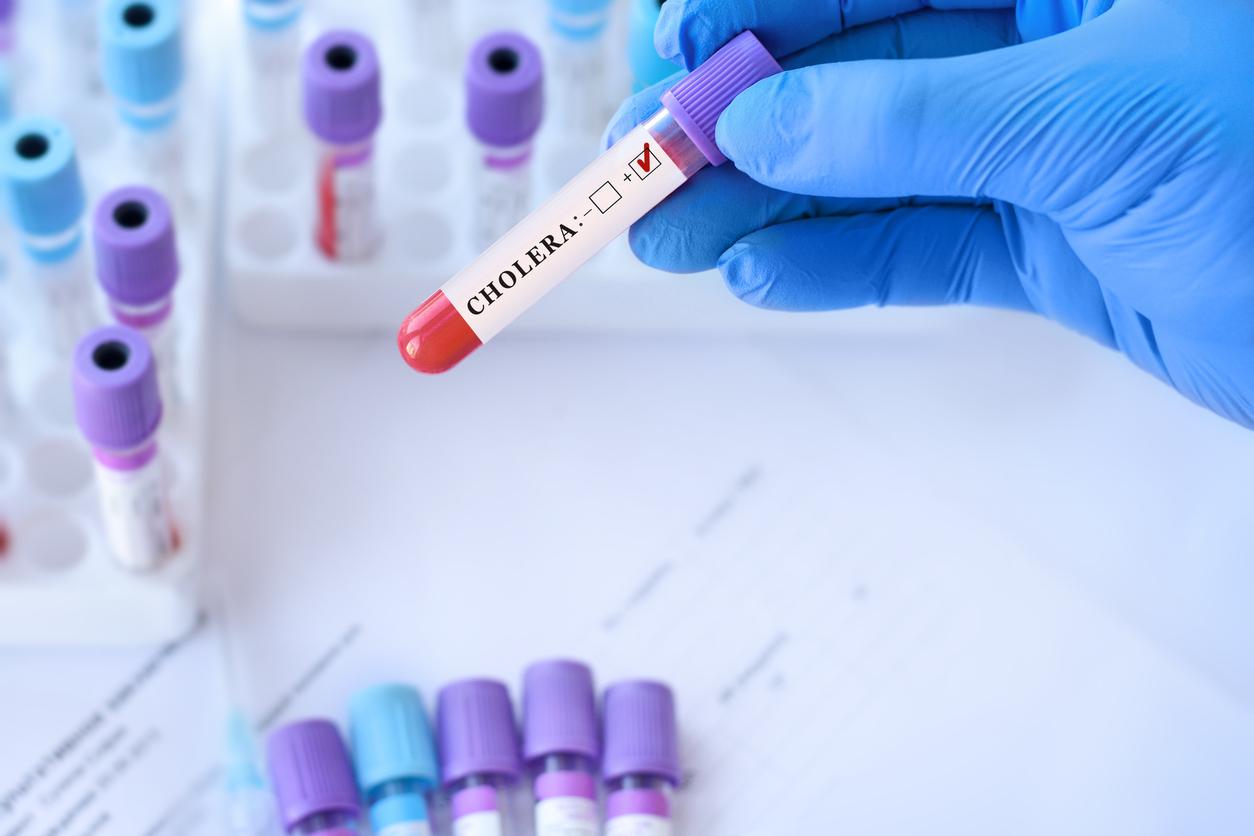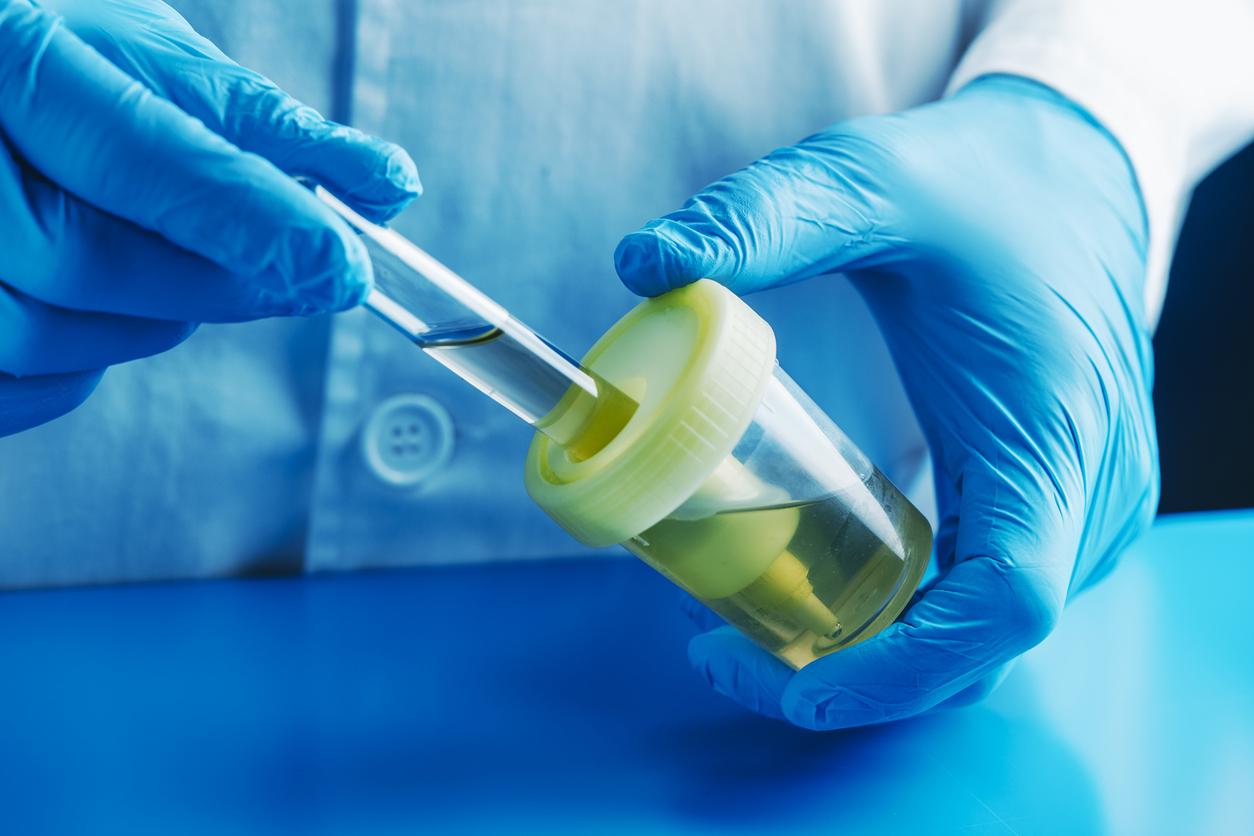
Results thanks to a bird parasite
In the summer, the Netherlands flocks to the water. Relaxing by the sea, but recreational lakes are also popular. After a few days of nice and warm weather, you often hear the first sounds about swimmer’s itch. And such an allergic reaction can pretty much ruin a summer’s day.
Swimmer’s itch is caused by the larvae of the worm Trichobilharzia penetrating a small part of the human skin. These larvae can be found on snails in fresh water, especially in shallow, still, or slow-moving waters. As soon as surface water swum usually at the beginning of summer, the first reports of swimmer’s itching come.
Infection
The worm Trichobilharzia is a schistosome and lives in the blood vessels of vertebrates. Trichobilharzia mainly infects ducks and geese species. The eggs of the worm end up in the water through the droppings of the birds. The larva then searches for an intermediate host, a snail. Because the snail becomes infected by the larva, the snail undergoes a change. This then secretes a new type of larva (cercarie).
Cercariae are larvae with a forked tail and they again look for new waterfowl to infect. If they have penetrated their circulatory system through the skin of the waterfowl, the whole cycle can start all over again.
In the case of swimmer’s itch, the cercariae accidentally penetrate the skin of people. However, in humans they cannot get into the blood, so swimmer’s itch is harmless. Well, one can allergic reaction originate.
Complaints
If you are infected with Trichobilharzia for the first time, itching occurs after 10 to 30 minutes. Usually you will also see some red spots on the skin, where the larvae have penetrated. The itching often goes away quickly. One or two weeks later, itchy red bumps develop in the same place. That is a reaction of the skin to the larvae that die.
A first infection can also pass unnoticed. If you are re-infected afterwards, the symptoms are often much more severe. Due to this more intense reaction, the larvae will die sooner, but the itching and bumps are also more present.
And then?
In general, swimmer’s itch will go away on its own within a week. The condition therefore does not require treatment. You can, however, use a cream against the itching.
If by scratching skin inflammations or if the rash is very persistent and accompanied by a fever, it is advisable to visit the doctor. He or she can then prescribe an ointment or medicine for the allergic reaction.
Appearance
Not swimming in surface water is of course the easiest way to prevent any swimmer’s itch. If outdoor water is officially designated as bathing water, you can assume that the presence of worms is checked. If larvae have been found in water, warning signs will generally appear along the side.
If you are not sure how sensitive you are to swimmer’s itch, you can start with a short dip or paddle. The chance of itch decreases if you do not stay in the water for more than 10 minutes, then dry yourself well and change into dry clothes immediately.
Not all schistosomes are harmless. The tropical variant schistosoma can indeed penetrate the human system. An infection with this worm is often Bilharzia called.
Sources):

















